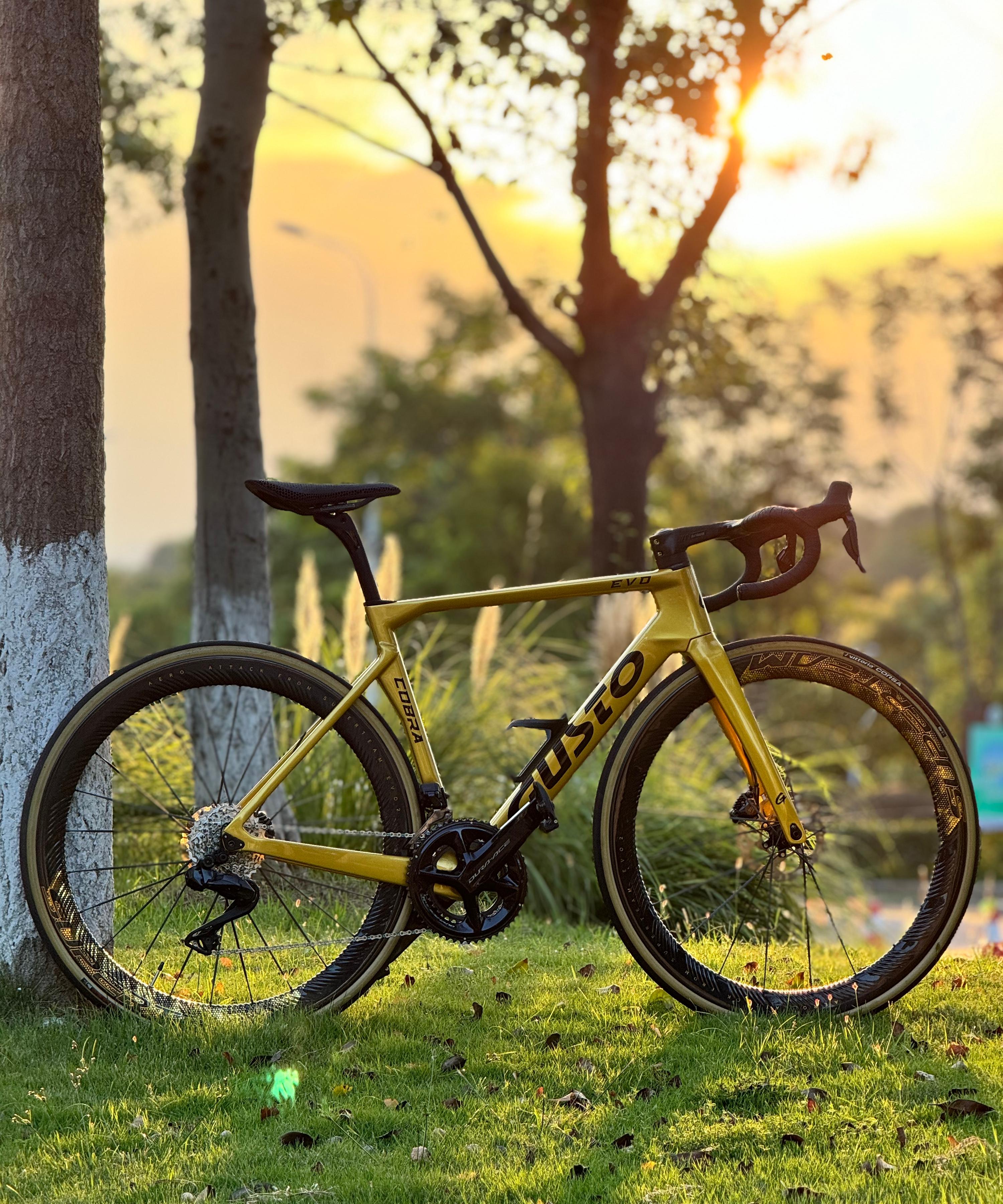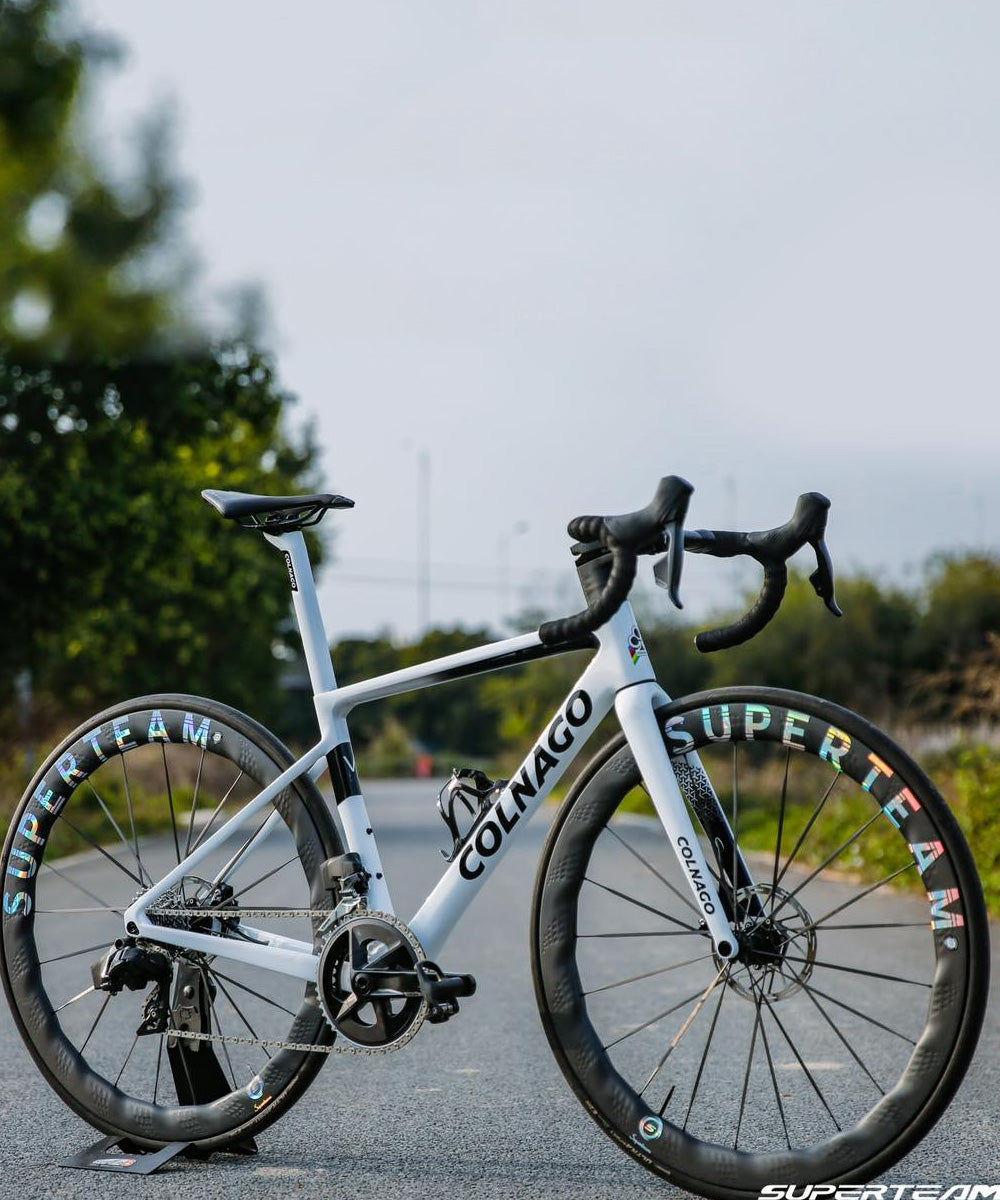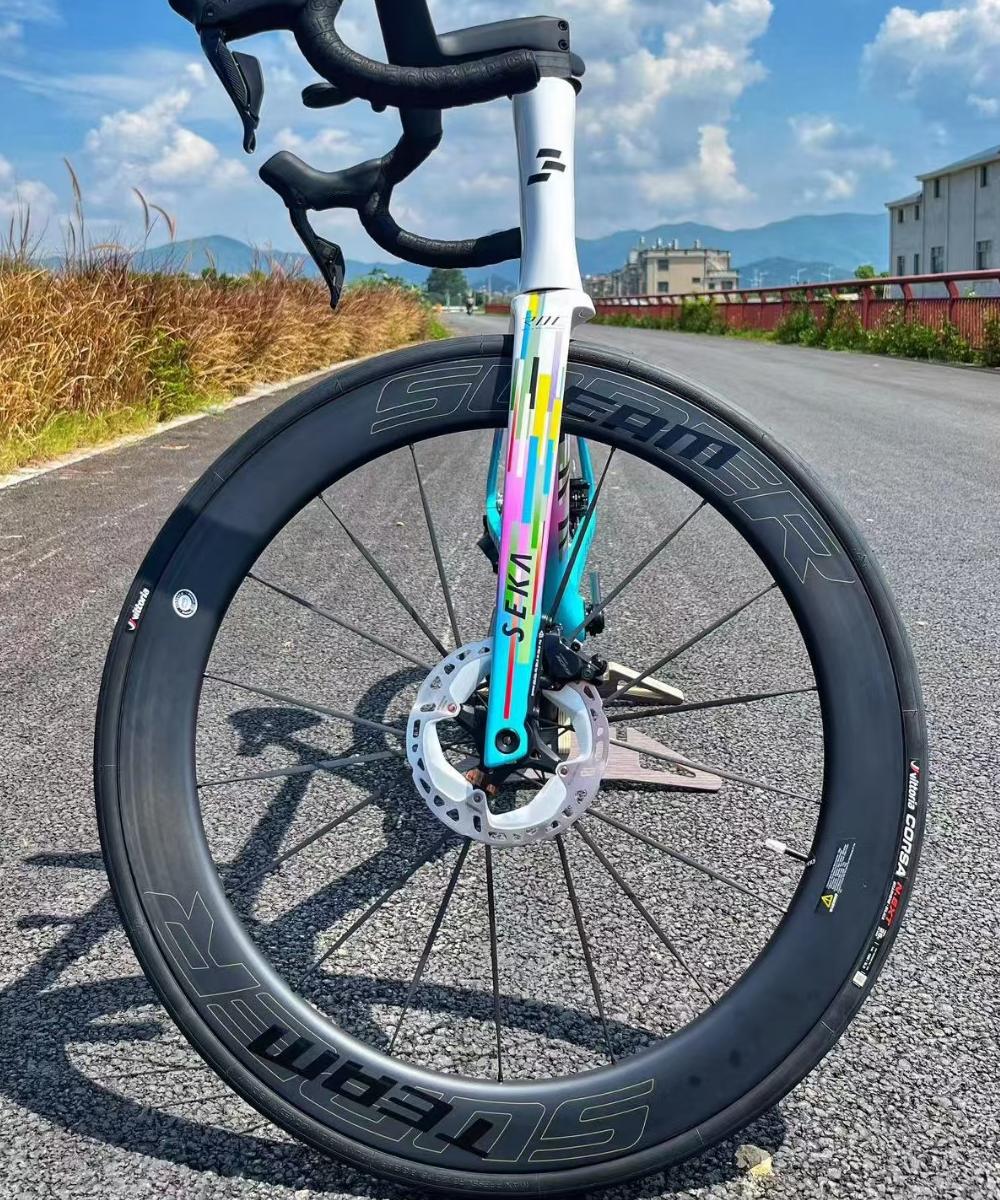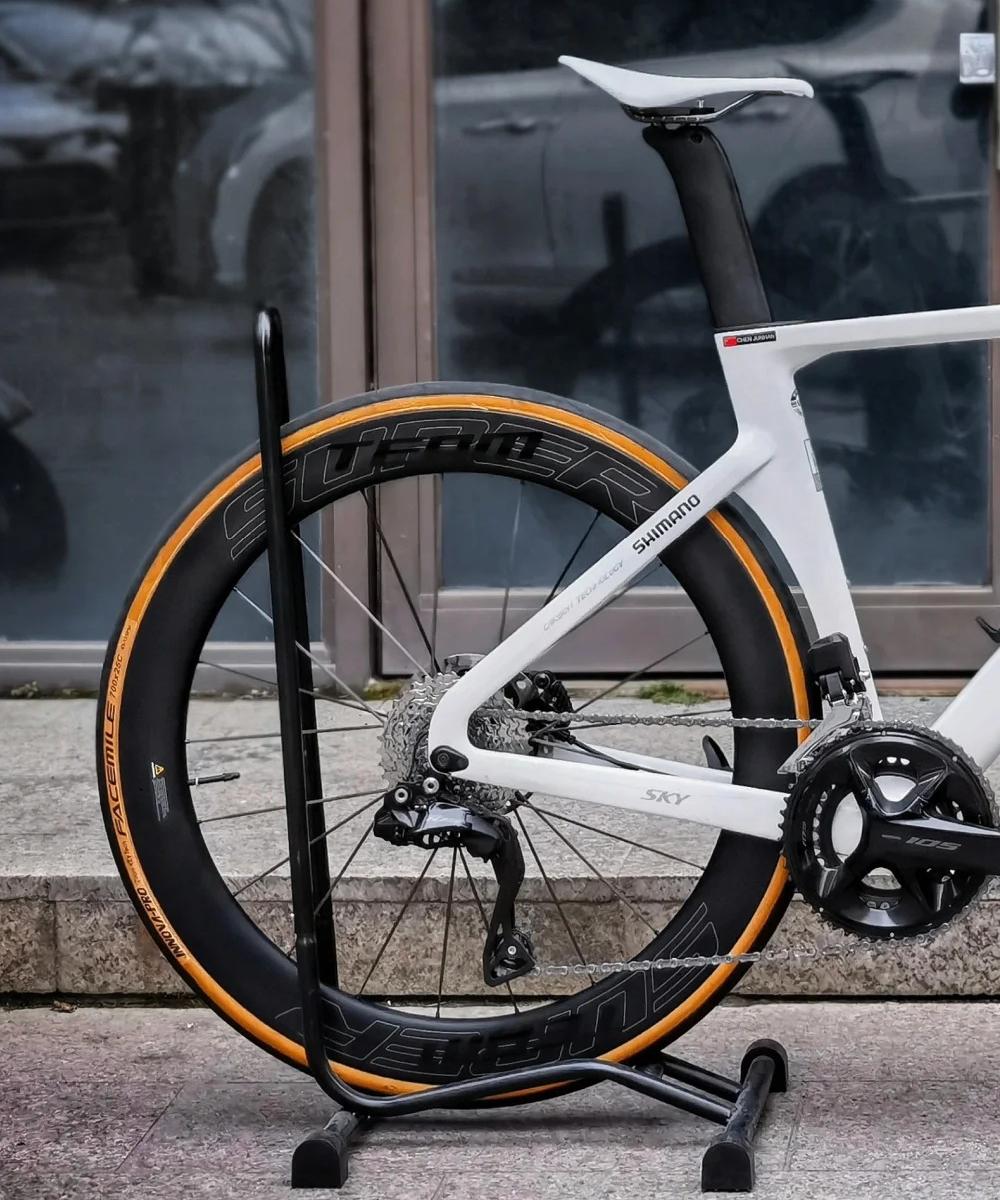The Influence of Spoke Count on Aerodynamics and Wheel Strength
When selecting a wheelset, most riders weigh factors like rim depth, hub quality, and overall weight. But one often-overlooked spec—spoke count—can significantly influence both aerodynamics and wheel strength. Whether you’re a racer seeking maximum speed or a gravel adventurer needing durability, understanding spoke count can help you choose the right wheels for your riding style.
1. What Is Spoke Count and Why Does It Matter?
Spoke count refers to the number of spokes connecting the hub to the rim. Common spoke counts include:
16 to 20 spokes (front) and 20 to 24 spokes (rear) on aero or race-oriented wheels.
28 to 32 spokes on all-rounder or endurance wheels.
32 to 36+ spokes on touring, gravel, or MTB wheels prioritizing strength and load-bearing.
Spoke count affects two key areas:
Aerodynamics: More spokes = more drag.
Structural strength: More spokes = more even load distribution and better durability.
2. Spoke Count vs. Aerodynamics
Fewer Spokes = Less Drag
Each spoke disrupts airflow.
Fewer spokes reduce turbulence, improving aerodynamic efficiency.
This is especially important at speeds above 30 km/h, where aero drag dominates resistance.
Why Racers Prefer Low-Spoke Wheels
Time trial and triathlon wheels often use 16 or even fewer front spokes.
Aero road wheels typically use 20–24 spokes in the rear, prioritizing drag reduction over ruggedness.
Wind tunnel tests consistently show that reducing spoke count (combined with aero-shaped spokes and deep rims) leads to measurable speed gains in time trials or flat-road races.
3. Spoke Count vs. Wheel Strength
More Spokes = More Strength and Durability
Each spoke helps share the rider and road load.
Higher spoke count reduces individual spoke tension, making the wheel more compliant and less prone to failure under stress.
Especially useful for:
Heavier riders
Gravel or off-road use
Bikepacking or touring with extra weight
Real-World Example
A 32-spoke gravel wheel can withstand pothole impacts, off-camber descents, and loaded panniers far better than a 20-spoke race wheel.
4. The Balance: Finding the Right Spoke Count
|
Use Case |
Front Spoke Count |
Rear Spoke Count |
Reason |
|
Road Racing / TT |
16–18 |
20–24 |
Max aerodynamics |
|
General Road / Endurance |
20–24 |
24–28 |
Aero + moderate strength |
|
Gravel / CX / Heavier Riders |
24–28 |
28–32 |
Balance strength and comfort |
|
Touring / Bikepacking |
32–36+ |
32–36+ |
High load capacity, maximum durability |
5. Other Factors That Affect Strength and Aero
Spoke type: Bladed (aero) vs. round.
Lacing pattern: Radial (aero, less strong) vs. 2x/3x cross (stronger, more compliant).
Material: Stainless steel, alloy, carbon.
Rim quality: A well-made rim can compensate for fewer spokes by maintaining better spoke tension balance.
6. What’s Best for You?
If you’re chasing marginal gains and ride smooth roads, go with low-spoke, aero wheels.
If you’re a heavier rider or regularly ride rough terrain, choose higher-spoke-count wheels.
For general road use, 24/28 front/rear is a solid compromise offering both aerodynamics and dependability.
Final Thoughts
Spoke count isn't just a spec—it’s a design decision that affects how your wheel behaves under pressure, wind, and load. While modern rims and materials have allowed manufacturers to reduce spoke count without sacrificing too much strength, the laws of physics still apply: more spokes mean more support, while fewer spokes can mean more speed—if conditions are right.
Choose wisely based on your riding style, terrain, and priorities—not just the numbers on the scale or the promise of aero gains.




